REPORT methods



PLAYFUL, EMOTIONALLY DURABLE FURNITURE PIECES THAT CROSSED THE BOUNDARY BETWEEN ART AND DESIGN.
Furniture that tell narratives… ABOUT EMOTIONAL ATTACHMENT, MEMORIES AND NARRATIVES.

SCAN THIS BAR CODE TO








Storytelling is a method of capturing and preserving the moment that is considered as valuable, which sentimental value forms emotional bond between people and object (Haines-Gadd, 2018). Effective emotional bond is able to decrease the importance of functionality and aesthetics, which extend the lifecycle of the object that the owner would be reluctant to abandon it because of its sentimental value (Harper, 2017). Furniture can be understood as a tool for living which was invented since the beginning of human civilisation. As an everyday essential, furniture around us tells its own story which every worn out reveals traces of memories and narratives it shares with the owner (Norman, 1981).
This literature review will explain why and how to tell narrative through furniture. Firstly, two specific furniture styles from different times will be analysed through referring to corresponding social and cultural context, in order to show the relationship between the furniture and its background narratives. Secondly, through reviewing two emotional design frameworks by Donald Norman and Jonathan Chapman, association between emotional design and story telling will be analysed, in order to explain how emotional design evokes and preserves memories. Emotional design could be defined as a concept of creating products that evokes certain emotion with user in order to build positive relationship with the product (Norman, 1981). According to Jonathan Chapman (Chapman, 2015), narrative plays a crucial part in building emotional bond in terms of evoking memories that carries sentimental values. Thirdly, emotional design will be further explain through Harper’s Emotional durability theory, and method of how to reenchant everyday object will be introduced through the concept ‘magical thing’ (Harper, 2017). Lastly, three design precedents of narrative telling furniture will be analysed through referring them back to previous three sections in order to answer the question of how to tell narrative through furniture and conclude possibilities of the future of storytelling furniture design.
 Figure
Figure
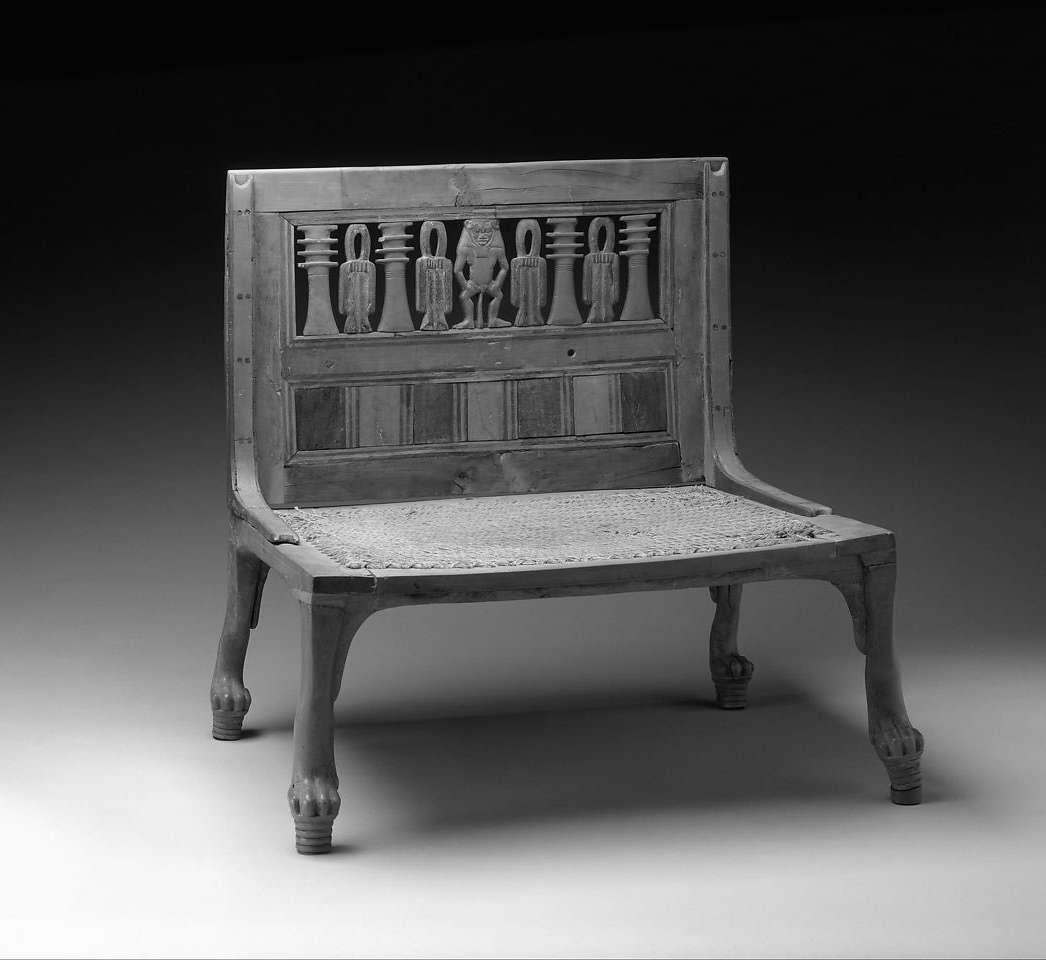
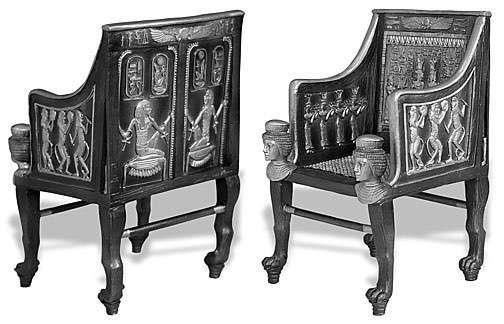
Furniture is an approach of displaying local culture or expressing certain attitude. The diversity of furniture silhouettes, material choices and manufacture methods generate large amount of distinctive furniture styles, while each style reflects on culture and political background during a certain time period. This section will review two specific periods in furniture history by analysing their styles and their associations with culture and political factors.
Antiquity can be defined as ancient time period, especially classical and great human civilisation, the period before the Middle Ages, ca. 5th-15th centuries. Located on the Nile River, ancient Egypt is supported by economic growth and development along its bank. Ancient Egypt becomes one of the greatest civilisations that prospered throughout its history. (Oats, 2021) This sub-section will focus on analysing furniture styles from ancient Egypt along with cultural and political factors at the time period.
Under the prosperous civilisation of ancient Egypt, carpentry craftsmanship has reached a high level of attainment. Furniture during that period is mainly made of wood, and embellished with gold, silver, and ivory (Blakemore, 2006). (Figure 1.1) The excellent craftsmanship and the use of luxurious materials indicates wealthiness and high social status, which reflects on the greatness of ancient Egypt civilisation.
Another feature of ancient Egypt is the variety of motif ornaments which are associated with their culture beliefs and religion. An example is the Hatnefer’s chair, ‘the major decoration is on the upper back of the chair includes a row of protective symbols.’ ‘Featured in the centre of the symbols is the deity Bes, God and protector of households, mothers, and children. On either side of Bes is the tit-amulet’ ‘Next to the tit amulet is the columnar djed-pillar.’ ‘The djed-pillar symbolises stability, endurance, and immutability.” (Oats, 2021) (Figure 1.2)
Overall, through looking at ancient Egyptian furniture history and the two examples, it is clear to see that the exquisite manufacturing process and rare material use reflects on the economic prosperity and greatness of ancient Egypt civilization while the religious motif ornament shows the cultural belief of ancient Egyptians.
Contrary to primitive furniture design, modernism is a movement started in the post-World War 1 era where art and design are aimed to depart significantly from traditional styles and values. The cataclysm of the World War increased the desire to look forward to a new future and promoted the technology development. This sub-section will explain how political factors affected furniture design through looking at mid-century modernism.

After World War II, early modernism was transplanted to the USA. Cara Greenberg coined the word ‘Mid-Century modernism’ to describe this design movement. The American public found early modernism designs expensive, especially during the Depression years, it was considered as designs that serves elites instead of mass (Greenberg & Street-Porter, 1984). Typical Mid-Century furniture style was described as ‘clean, simple lines and honest use of materials, and it generally does not include decorative embellishment’ (Oats, 2021). Due to World-War II, economy start to prosper in America, which lead to the optimism of the Americans. It was shown in furniture design through slightly playful approach, such as the Coconut Chair, 1958, by George Mulhauser (Figure 1.3). Its form allows relaxed sitting position, which reflects on the effortless lifestyle in post-war era.
As a consequence of World War II, new technologies start to emerge, which provide freedom for designers to experiment with revolutionary forms and new materials. Fibreglass was introduced during World War II for reinforcing plastic on airplane radar domes. It was later applied to Eames Fibreglass Chair, 1950 (Figure 1.4) which Charles Eames and Ray Eames created a single body fitted seating shell out of moulding glass fibre (Marcus, 2020). The mould-ability of glass fibre makes the seat surface appealing, which Edgar Kaufmann, Jr. praises for its “extraordinary lustre and soft, smooth surface” (Marcus, 2020). Another example is plywood, which was originally developed through the experiments in making lightweight, stackable leg splints for the US Navy (Greenberg & Street-Porter, 1984). It was utilised by Charles Eames and Ray Eames in Dining Chair Wood (Figure 1.5), which the mould-ability of plywood allows the shape to fit body shape, while aesthetically, the curve contour gives the chair an elegant appeal. (Oats, 2021)
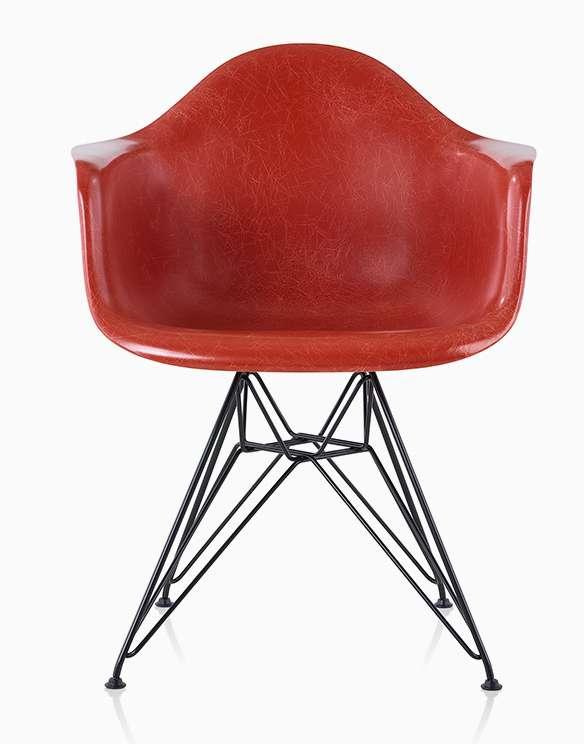
Through looking at Mid-Century modernism, it is obvious to see that under the impact of World War II, Coconut Chair shows the optimism, confidence, and the relaxed lifestyle of the Americans while the Eames Fibreglass Chair and Dining Chair Wood re fl ects on technology advancement in the USA during the World War.
This section has reviewed two representative furniture styles: Antiquity and Mid-Century Modernism through looking at how culture and social status have influenced furniture design in their respective time and place. It indicates that expressing attitude and telling narratives has been an inseparable part of furniture design.
 Figure 1.3
Figure
Figure 1.3
Figure
In the last section, though looking at furniture history, it is found that narratives play a crucial part in furniture design. However, how to design objects that link with users in order to evoke memories or narratives?
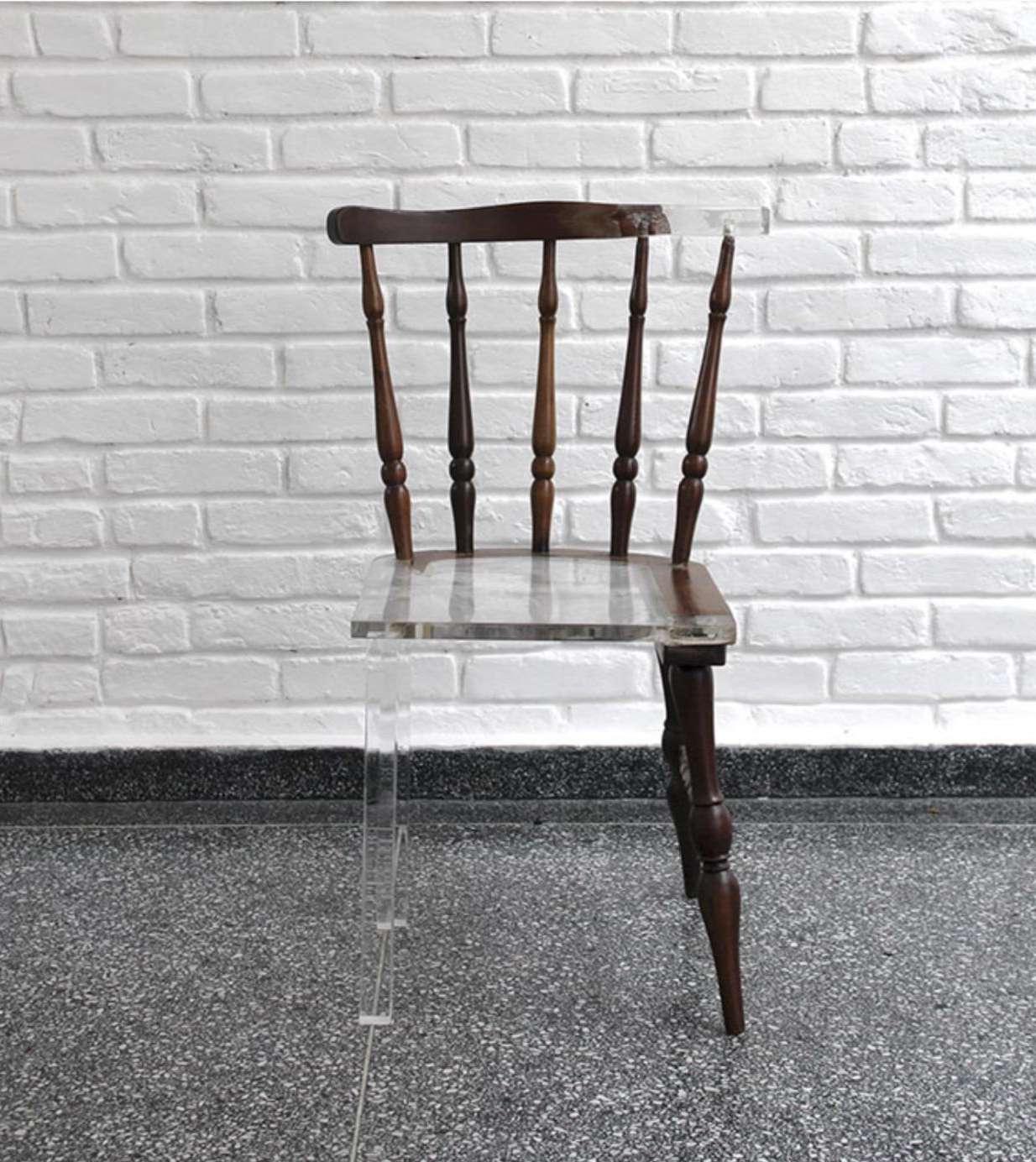
Emotional design is a design approach which aims to generate positive emotional reactions and build emotional bond between users and objects. Objects gain emotional attachment for their involvement in user’s life story. This section will explore the relationship between emotional design and memories or narratives through reviewing two emotional design frameworks by Donald Norman and Jonathan Chapman respectively.
According to Donald Norman’s emotional design framework, three levels of positive emotional responses are required to form strong emotional bond between users and objects, which are visceral, behavioural, and reflective. The basic level is visceral level, which is triggered by involuntary sensory experiences such as appearance. The next level is behavioural reaction, it is about functionality, performance, and usability. The final level is reflective level which is how user feels after been immersed in the experience. It’s about ‘self-image, personal satisfaction and memories’ (Norman, 1981). This sub-section will focus specifically on the reflective level of emotional respond in order to understand the relationship between emotional bond and narratives.
As mentioned before, reflective level of emotional respond is about the memories that users have experienced with the object, and how the experience reflects on self-identity. Reflective level is the highest level of emotional response where the most emotions and consciousness are experienced compared to the other two levels. It allows personal interpretation and understanding of the experience after interacting with the object (Norman, 1981).
Norman have stated that, powerful reflective reactions should evoke emotions that reflect on personal experiences, associations, and memories while significant personal association triggers emotional attachment with the object (Norman, 1981).
An example is the My New Old Chair furniture series designed by the Brazilian artist Tatiane Freitas. She repairs broken antique furniture pieces by filling the gaps using transparent material to preserve the past memories. (Figure 2.1) The imperfections like broken legs and scratches tells narrative and memories about the whole life of the antique chair it spent with the owner (Barba-Court, 2016). The history of interaction evokes personal association that forms emotional attachment with the chair. Another example is Yinka Ilori’s furniture series (Figure 2.2), he utilises bright colour and ethnic style pattern to express his Nigerian identity and reflect on his personal experiences. (See more in Section 4)
Through looking at Donald Norman’s framework and the two examples of furniture designs that tells about personal experiences and stories, we can see that personal identity and narratives play an important role in reflective level of emotional response which is a key step for building solid emotional bond.
 Figure
Figure


Jonathan Chapman’s emotional durability design framework includes nine themes: relationships, narratives, identity, imagination, conversations, consciousness, integrity, materiality, and evolvability. Chapman suggests that memories are able to enhance emotional attachment, as the experience user has spent with the object is a space where emotions are activated (Chapman, 2015). This subsection will explain how to build and capture memories or narratives through looking at ‘the five strategies’ in Chapman’s framework.
According to Chapman, narratives are ways of capturing interaction history between objects and users. There are five strategies of capturing and preserving these moments. (Haines-Gadd, 2018) Firstly, ‘gift giving’, which can be understood as connecting the recipient with narratives at that moment. Secondly, it can be done through ‘creating a sense of nostalgia’, which use metaphors of used objects to evoke memories of previous times. For instance, denim jeans are ways of delivering personal narratives, the fades, rips, and patches, are metaphors of personal experiences. (Figure 2.3) Thirdly, ‘using objects, materials or artefacts with existing stories’ which highlight the value of the objects and their previous history and experiences while showing their provenance, such as antiques or reproduction of used object. Replica clothing line of Maison Martin Margiela (Figure 2.4) is a good way to explain this, which designer deconstruct preloved clothes and reconstruct them to create a new garment that is unique and contains narratives and memories of the previous owner. Fourthly, the object should allow users to ‘capture a moment’ which evoke memories and reproduce moments, such as cameras, Donald Norman have stated that ‘the power of personal photography lies in its ability to transport the viewer back in time to some social relevant event’. (Norman, 1981) Lastly, ‘build multilayered stories’ which evokes memories of rich, layered interwoven stories. (Haines-Gadd, 2018)
As a result, in order to capture and preserve memories or narratives, it is crucial to consider applying the five strategies: ‘gift giving’; ‘creating a sense of nostalgia’; ‘using objects, materials or artefacts with existing stories’; ‘capture a moment’ and ‘build multilayered stories’ to the design of objects.
This section has looked into how emotional design evokes memories through reviewing reflective level of emotional reaction in Donald Norman’s framework which shows the association between personal identity and building strong emotional bond. While in Chapman’s framework, he points out five strategies for capturing, preserving, and evoking memories or narratives which could be applied to designing objects with narratives that resonate with people emotionally.
Figure 2.3 Figure 2.4In the previous section, it is clear to see that emotional connection with an object is inseparable in terms of evoking memories and narratives. This section will go deeper into emotional connection and discuss how to bring back passion to everyday objects through looking at Kristine H. Harper’s (2017) theory of aesthetic durability and the term ‘magical things’.
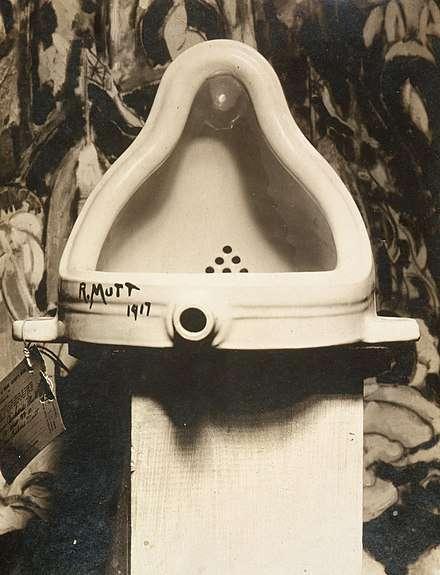
Suggested by Harper, aesthetic durability can be understood as a way of being sustainable in the level of emotion connection, which can be consider as re-enchantment of pre-loved objects. Instead of focusing on sustainable materials and manufacturing methods, aesthetically sustainable is leaning towards spiritual level of sustainability which the object carries memories and sentimental value that bond with the owner spiritually. Emotionally durable objects that spiritually connect with people are termed ‘magical things’. (Harper, 2017)
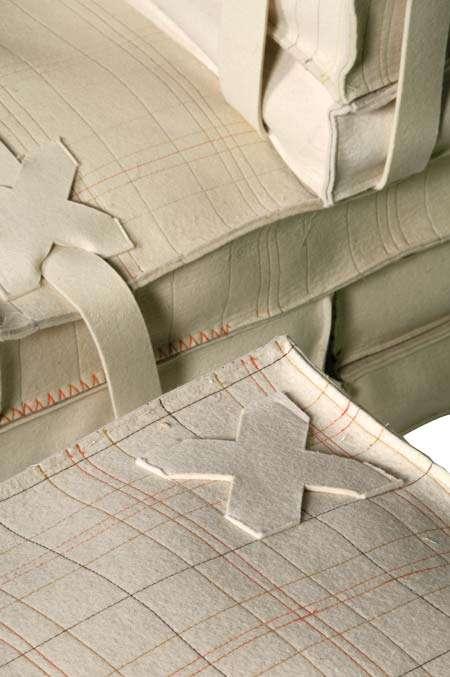
According to Harper, magical things are usually emotionally connected with people which are carriers of narratives and memories. (Harper, 2017) They are considered as ‘objects surrounded by aura’ which are ordinary things but ‘rare, unique and can represent owner’s inner world’ (Harper, 2017). She suggests that designers need to try to re-enchant familiar objects in order to achieve long-lasting relationship between the owner and the object, which is to remind people of the beauty of ordinary things through bringing back moments that owner has spent with them (Harper, 2017). ‘Turning things upside down’ is a method which is to modify a mundane object and give it a new form or function in order to lead customer to a ‘purified frame of mind’ that brought back the original impression to the object. Harper mentioned Duchamp as an example, which he gives a urinal a new context and define it as an art piece. (Figure 3.1) The removal of its original context gives it a new life which remind people the beauty of mundane objects. (Harper, 2017) One of his projects, Witness Flat (Figure 3.2 & 3.3) modifies familiar furniture which keeps the overall original silhouettes of the furniture but modifies their structure and uses materials like wood, wool and felt to give the furniture an unfinished and industrial look. The unfinished look refers to product packaging which is usually easy to be ignored (Fairs, 2008). Through given a new context of furniture made in progress, it reminds people of discovering the beauty of mundane objects. However, Harper argued that it is not appropriate to apply antifunctionality aspect of artwork into design, instead, designers could imitate through combining new elements with mundane objects (Harper, 2017).
For example, the Dutch product designer Jurgen Bey, is known for his playful and critical design approach, which he reflects, questions, and reinterprets the context of everyday objects like chairs and tables.
In this section, through looking at Harper’s aesthetic durability objects or magical things theory, we have discovered how to reenchant everyday objects in order to build emotional bond and prolong the lifecycle of the object. The effective method is to modify and recontextualize mundane objects that reminds people of past memories they spent with the objects and makes them realise the beauty of these objects.

Through looking at furniture history, emotional design, and emotionally durable objects, why and how to tell narratives through furniture has been introduced. In this section, design precedents of narrative telling furniture will be introduced and analysed by referring back to the previous introduced knowledge.
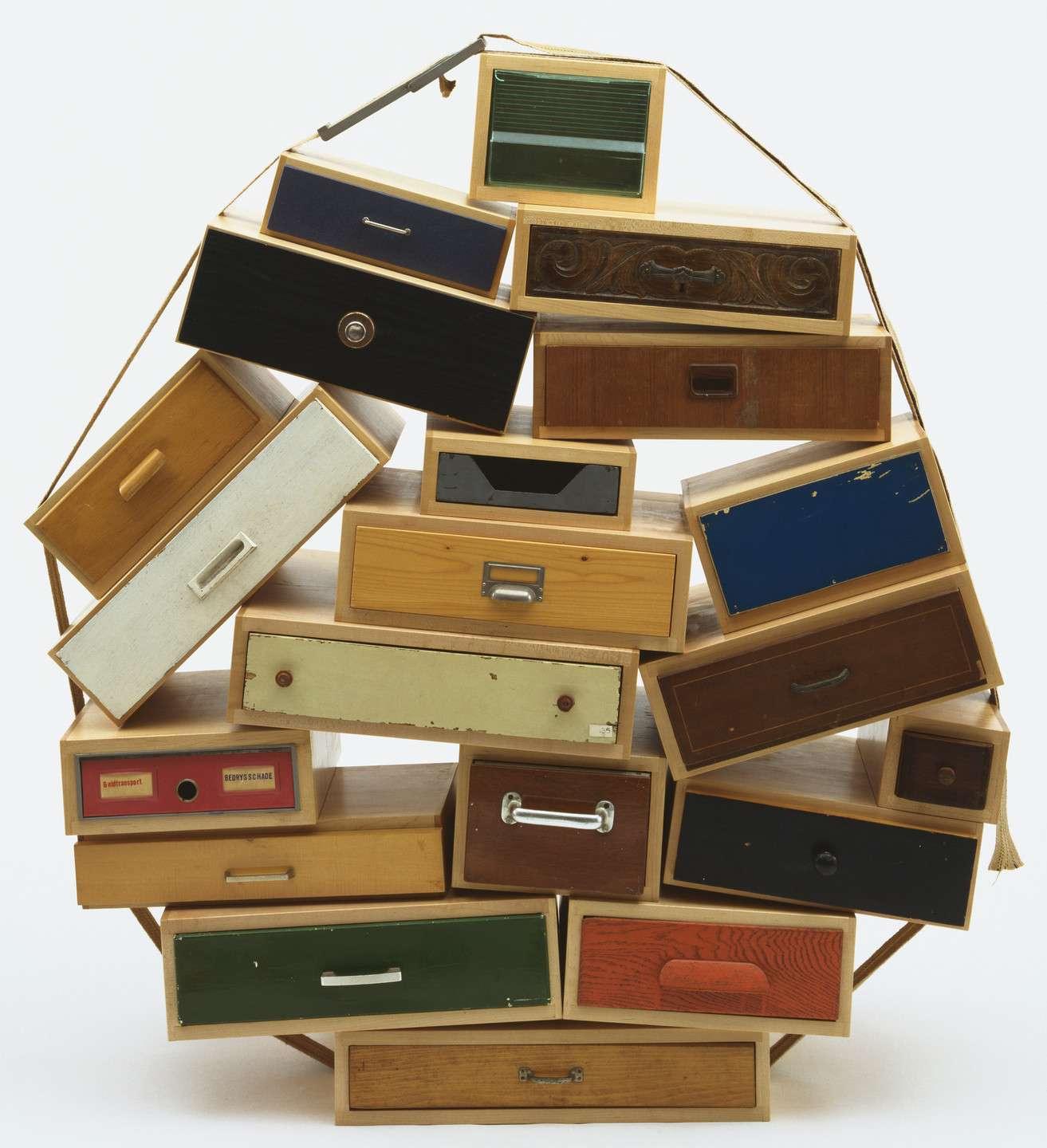
As a member of Droog design team, Tejo Remy is famous for his up-cycling projects, such as ‘You Can't Lay Down Your Memories’ (1991) and ‘The Rag Chair’ (1993). ‘You Can't Lay Down Your Memories’ is a chest of drawers composed by various types of up-cycled drawers, television sets and wine racks from discarded furniture and are encased in customised maple boxes, which are held together with a mover’s strap (Marcus, 2020). (Figure 4.1)
Similarly, ‘The Rag Chair’ series bind discarded clothing and textiles with straps, which each clothes and fabric holds particular memories and tells its own stories (Figure 4.2). Referring back at Chapman’s Five Strategies of capturing and preserving memories and narratives, it is clear to see that ‘You Can't Lay Down Your Memories’ and ‘The Rag Chair’ are applications of ‘using objects, materials or artefacts with existing stories’ (Haines-Gadd, 2018) to evoke memories and narratives.
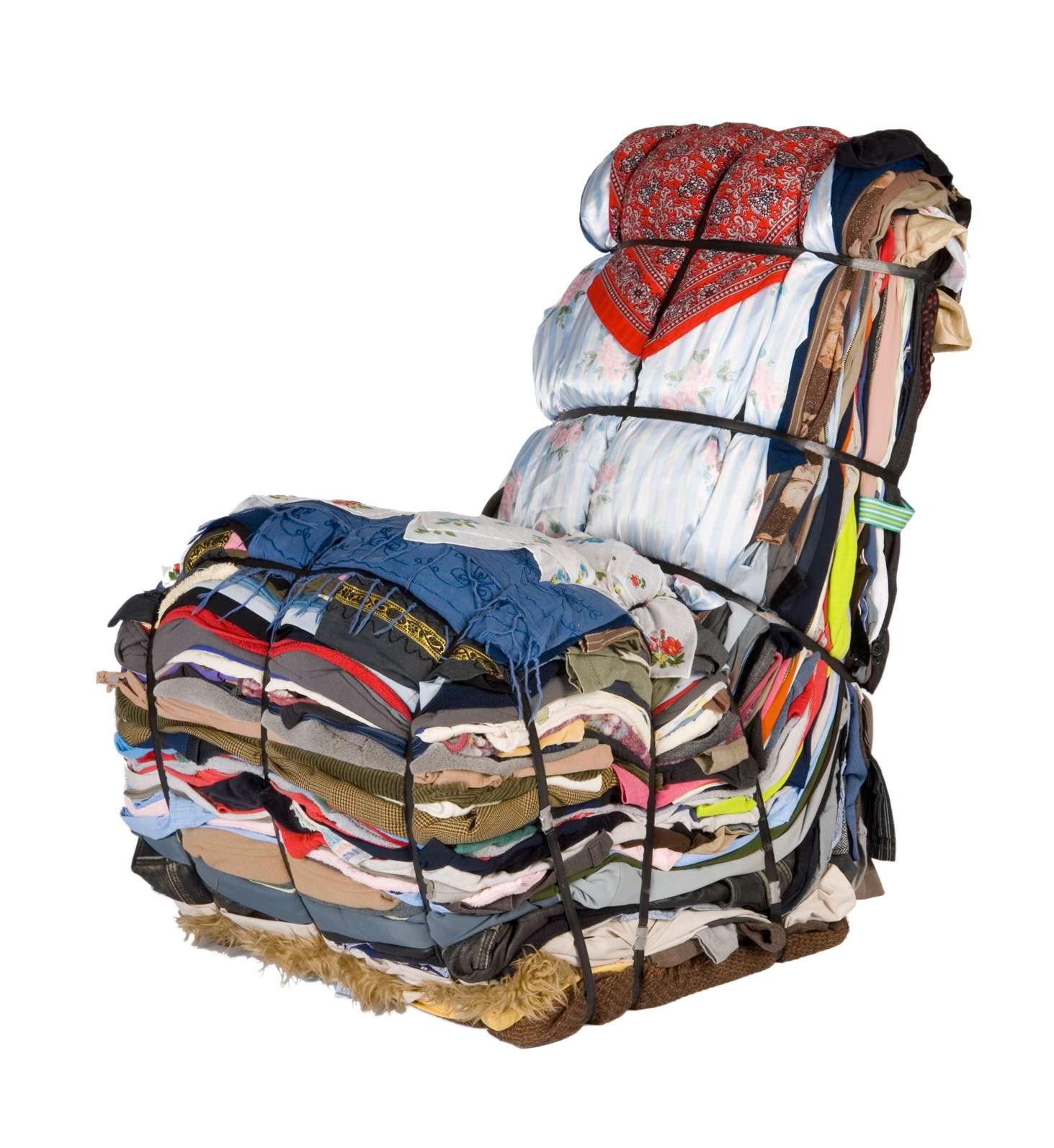
Known for mixing different culture and different forms of expression, the influential Italian designer Alessandro Mendini is a good example of telling narratives through remaking furniture. Mendini’s most iconic piece, Proust armchair (1978) applies pointillist surface pattern from the work of artist Paul Signac to the classic Baroque sofa silhouette (Figure 4.3) which creates a whole new furniture that are unique and innovative. (Frearson, 2019) Likewise, Mendini’s another remake project, Redesign of Modern Movement Chairs: Thonet (1978) also applies postmodern art methods to the iconic Modernist Thonet chair silhouette. He added colourful decorations to the original chair which a piece of vibrant blue distorted appendage fixed on the seat back while several red, green, and blue balls are hanging on the appendage with metal wire. (Marcus, 2020) (Figure 4.4) These two pieces reflects on Harper’s theory of re-enchanting mundane objects. (Harper, 2017) Which both of these two remake pieces recontextualize the original piece that mixes new elements with the classic ones. This gives these classic furniture pieces a new life which the re-enchantment of ordinary piece evokes old memories, experiences, and narratives.
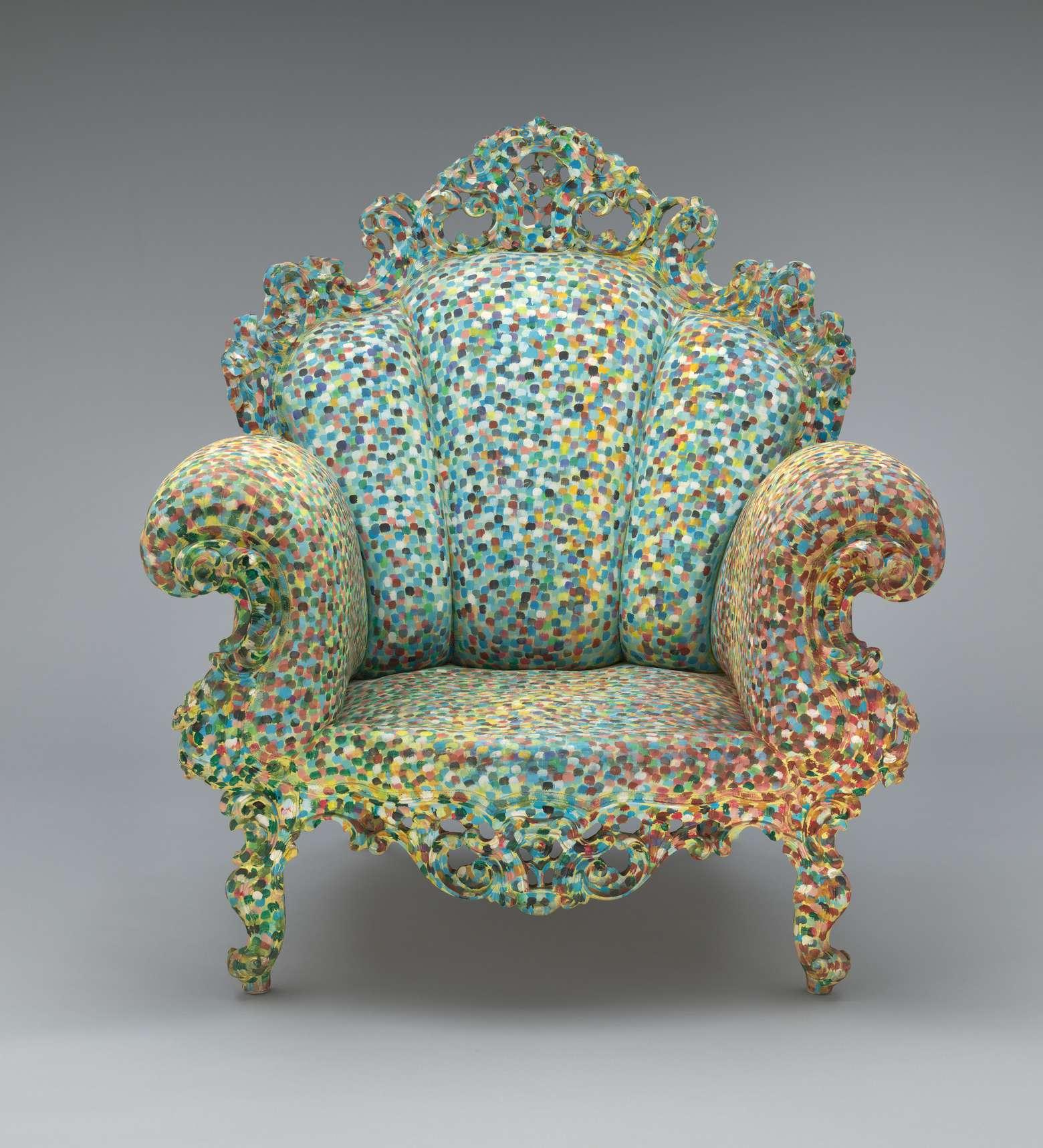
 Figure 4.3
Figure 4.4
Figure 4.3
Figure 4.4
The Nigerian designer and furniture maker Yinka Ilori is known for his storytelling furniture. His utilises bright and vibrant colour palette along with Nigerian elements like Nigerian rattan and Nigerian fabrics to create playful and ethnic styled chair while reflects on his hometown culture (Perry, 2017). (Figure 4.5) During the interview with Blueprint, Ilori explained: “Nigerians are very vocal people — they want to be seen and heard. Everyone is happy and proud of who they are.” (Perry, 2017) The optimistic, openness and passion of Nigerians inspired Ilori’s design approach. Looking back at Donald Norman’s framework of emotional design (Harper, 2017), Ilori’s design reflects on his self-identity and personal experience which may evoke reflective level of emotional response and are able to resonate with people who share similar experience with him such as the Nigerians.
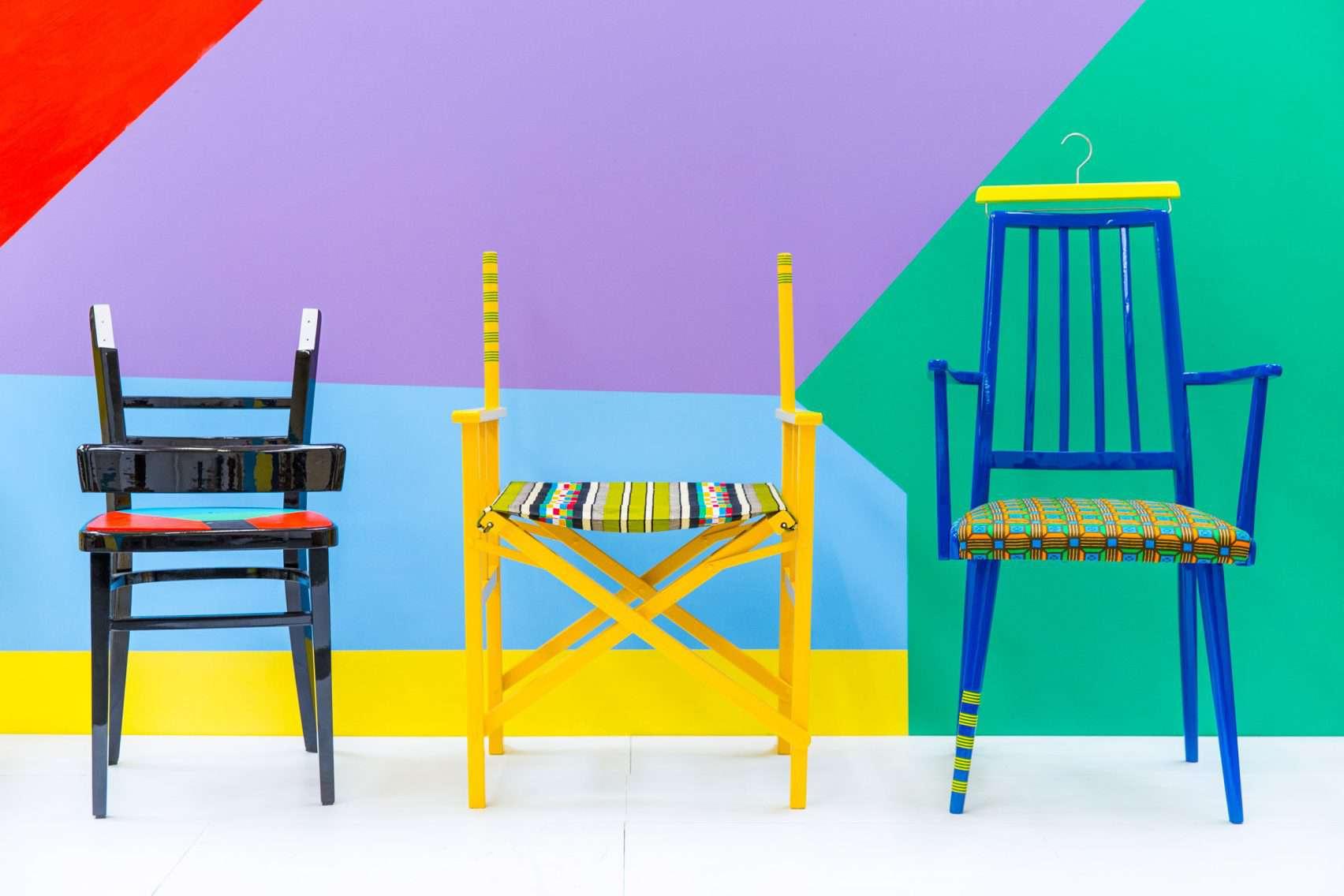
Through analysing these examples of storytelling furniture, the method of telling narrative through furniture can be concluded, which Tejo Remy up-cycles abandoned furniture to create new furniture that preserves the memory and narratives behind those furniture; Alessandro Mendini creates furniture that is able to re-enchant mundane furniture through mixing them with new elements; Yinka Ilori use vibrant colour palette and Nigerian elements to express his hometown culture and himself that is able to resonate with people.
As a result, possibilities for future development of storytelling furniture are listed below:
* Up-cycle used/abandoned/broken furniture for further design.
* Redesign base on a classic furniture silhouette.
* Combine classic elements with innovative elements.
* Tell personal stories or show personal experience through furniture design.
In conclusion, this literature review has looked into narrative telling furniture. The definition of furniture and furniture history were covered in the first section to explained why telling narratives through furniture is necessary, which every furniture has its own stories or background, no matter culture or history factor. Two representative examples of furniture styles: Antiquity and Mid-Century Modernism were analysed, which Antiquity furniture in Egypt shows the expression of local culture and belief, while Mid-Century Modernism reflects on how the World-War has promoted technology development that influenced the focus point of furniture design. Both examples indicate narratives have been an inseparable part of furniture design. The second section start to discuss how to tell narratives through reviewing Donald Norman’s and Jonathan Chapman’s emotional design frameworks, which the frameworks explained how people generate emotional bond with objects. Norman’s framework suggests that expression of self-identity though an object is able to build emotional bond which is able to evoke memories and narratives. While Chapman’s framework gives five strategies of capturing and preserving memories and narratives, which are: ‘gift giving’; ‘creating a sense of nostalgia’; ‘using objects, materials or artefacts with existing stories’; ‘capture a moment’ and ‘build multilayered stories’. The third section goes further into emotional connection through reviewing Harper’s ‘emotionally durable’ theory which points out that positive emotional bond between owner and object can prolong the lifecycle of the object that are emotionally sustainable. Harper provides a method of design emotional durable object, which is to re-enchant a mundane object by adding new elements to the original mundane object. The last section looked into design precedents of storytelling furniture and relate them back to previous sections of storytelling design methods, which conclude the possibilities of storytelling furniture design: up-cycle used/abandoned/broken furniture for further design; redesign base on a classic furniture silhouette; combine classic elements with innovative elements and tell personal stories or show personal experience through furniture design.
Barba-Court, K. (2016). Broken furniture get a second shot at life in Tatiane Freitas’ ‘My Old New Chair’. Plain https:// plainmagazine.com/tatiane-freitas-old-new-chair/ Blakemore, R. G. (2006). History of Interior Design and Furniture: From Ancient Egypt to Nineteenth-Century Europe Wiley. https://books.google.com.au/books?id=NTzrAAAAMAAJ
Chapman, J. (2015). Emotionally Durable Design : Objects, Experiences and Empathy. Taylor & Francis Group. http:// ebookcentral.proquest.com/lib/rmit/detail.action?docID=2011258
Fairs, M. (2008). Witness Flat by Jurgen Bey. dezeen https://www.dezeen.com/2008/06/09/witness-flat-by-jurgenbey/
Frearson, A. (2019). Ten designs worth knowing by the late Alessandro Mendini. dezeen. https://www.dezeen.com/ 2019/02/22/alessandro-mendini-architecture-design-projects-proust-chair/ Greenberg, C., & Street-Porter, T. (1984). Mid-century Modern: Furniture of the 1950's. Harmony Books. https:// books.google.com.au/books?id=1w1UAAAAMAAJ
Haines-Gadd, M. C. J. L. P. M. J. A. D. E. D. D. N. A. T. f. P. L. (2018). Sustainability, 10(6). Harper, K. H. (2017). Aesthetic Sustainability : Product Design and Sustainable Usage. Taylor & Francis Group. http:// ebookcentral.proquest.com/lib/rmit/detail.action?docID=5049756
Marcus, G. H. (2020). Introduction to Modern Design: Its History from the Eighteenth Century to the Present Bloomsbury Visual Arts. https://books.google.com.au/books?id=G66izQEACAAJ
Norman, D. (1981). Emotional design : why we love (or hate) everyday things / Donald A. Norman. SERBIULA (sistema Librum 2.0)
Oats, J. M. (2021). An Illustrated Guide to Furniture History . Taylor & Francis Group. http:// ebookcentral.proquest.com/lib/rmit/detail.action?docID=6630819 Perry, F. (2017). Meet Yinka Ilori: The king of narrative furniture. design curial https://www.designcurial.com/news/ meet-yinkailori-5998876/


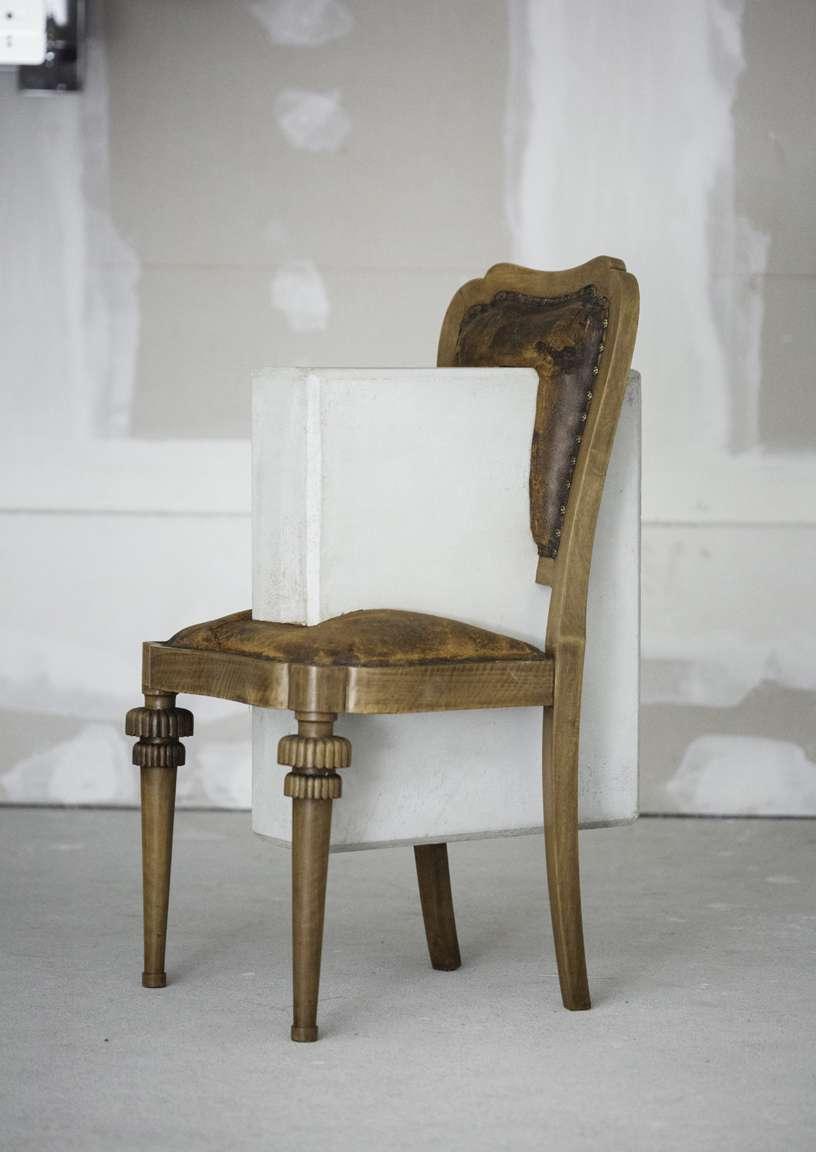
 Studio Nucleo
Studio Nucleo
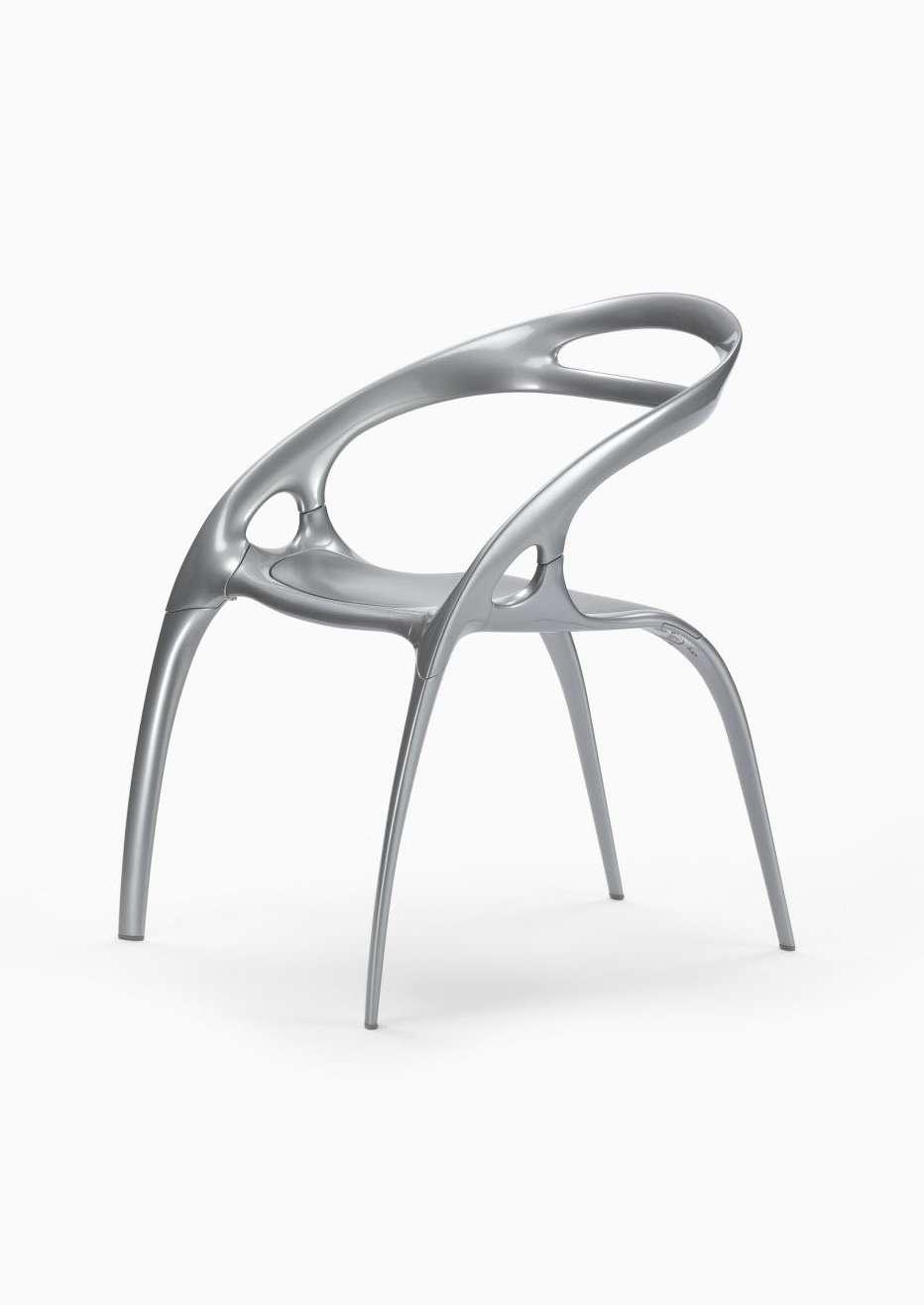




As a tool for living, furniture has been an inseparable part in our daily life, through previous experience and interaction with it, it carries personal memories and narratives, which forms emotional bond with the furniture in reflective level of emotional response (Norman, 1981) Storytelling furniture design can be a way of preserving those precious memories and narratives by using artistic technique and strategies of capturing memories to create furniture piece that positioned between art and design. The Rag chair designed by Tejo Ramy is a good example which the chair is made of discarded clothes and textile that each cloth tells its own narratives with previous owner. (Marcus, 2020)
Through previous literature review of looking into how to design storytelling furniture, methods of storytelling and strategies capturing and preserving memories has been introduced, which emotional design that forms effective and strong emotional bond with owner is the key. However, what types of stories is worth telling through furniture design or what is considered as valuable or unforgettable memories requires further study.
As a result, three research methods will be introduced in order to find the best solution for designing storytelling furniture that is able to trigger effective emotional connection. User centred interview is the first method that explores possibilities of precious narratives that can be applied to furniture design. The second method is sketch, which visually ideates large amount of solutions based on information got from the interview. The last method is emotion measurement, which is able to evaluate ideas that have generated from ideation stage and observe how stakeholder emotionally react to those ideas.
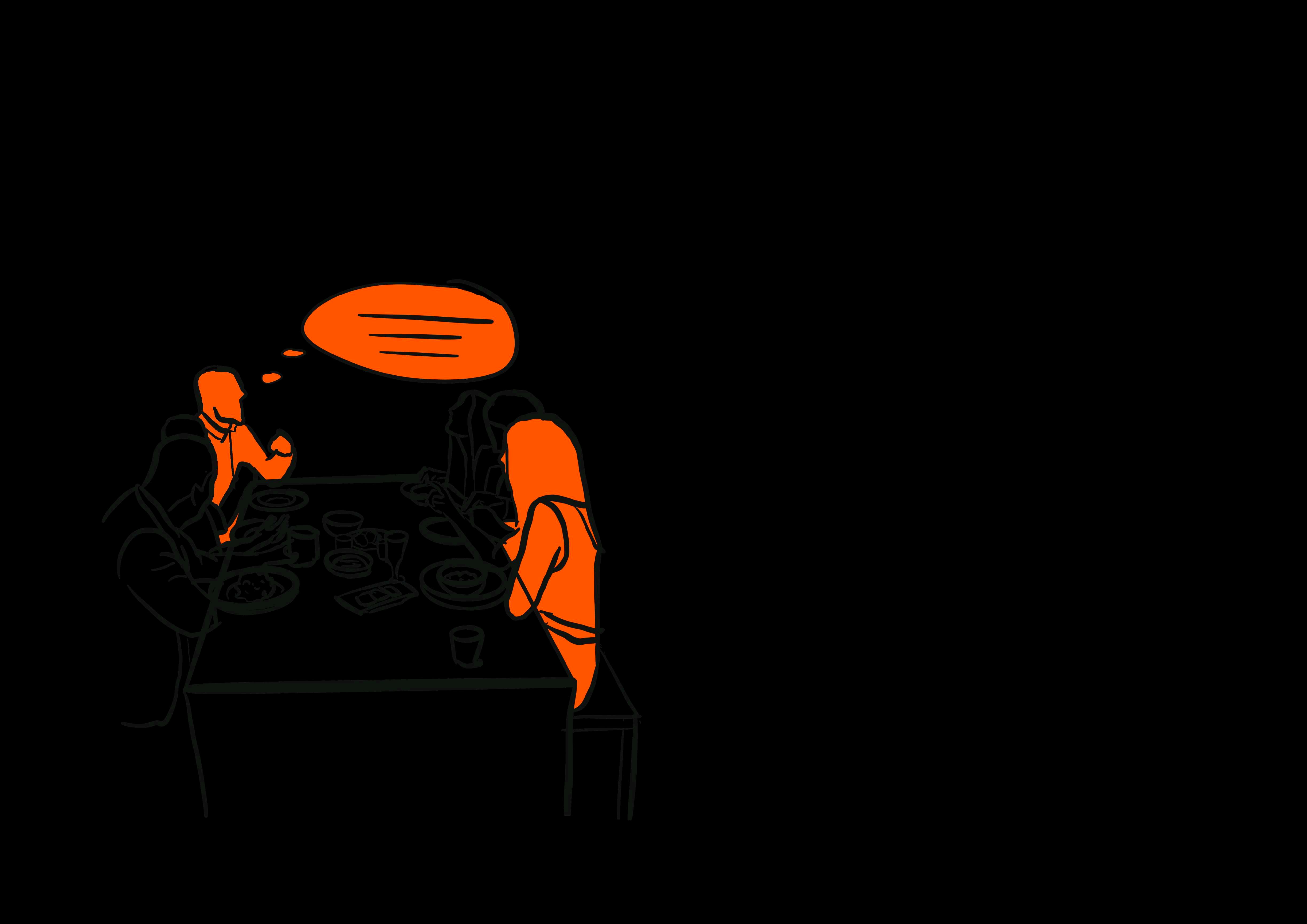

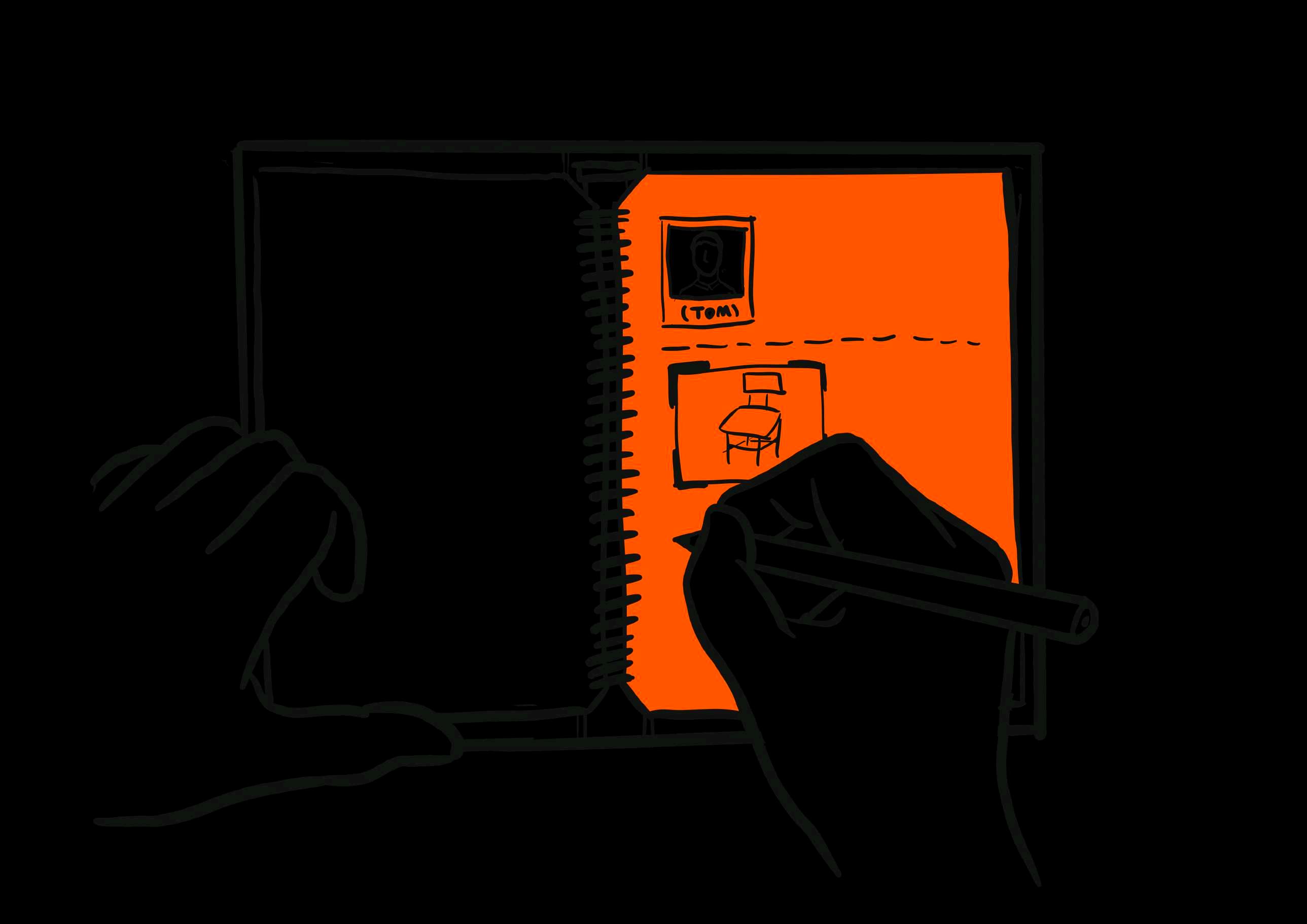
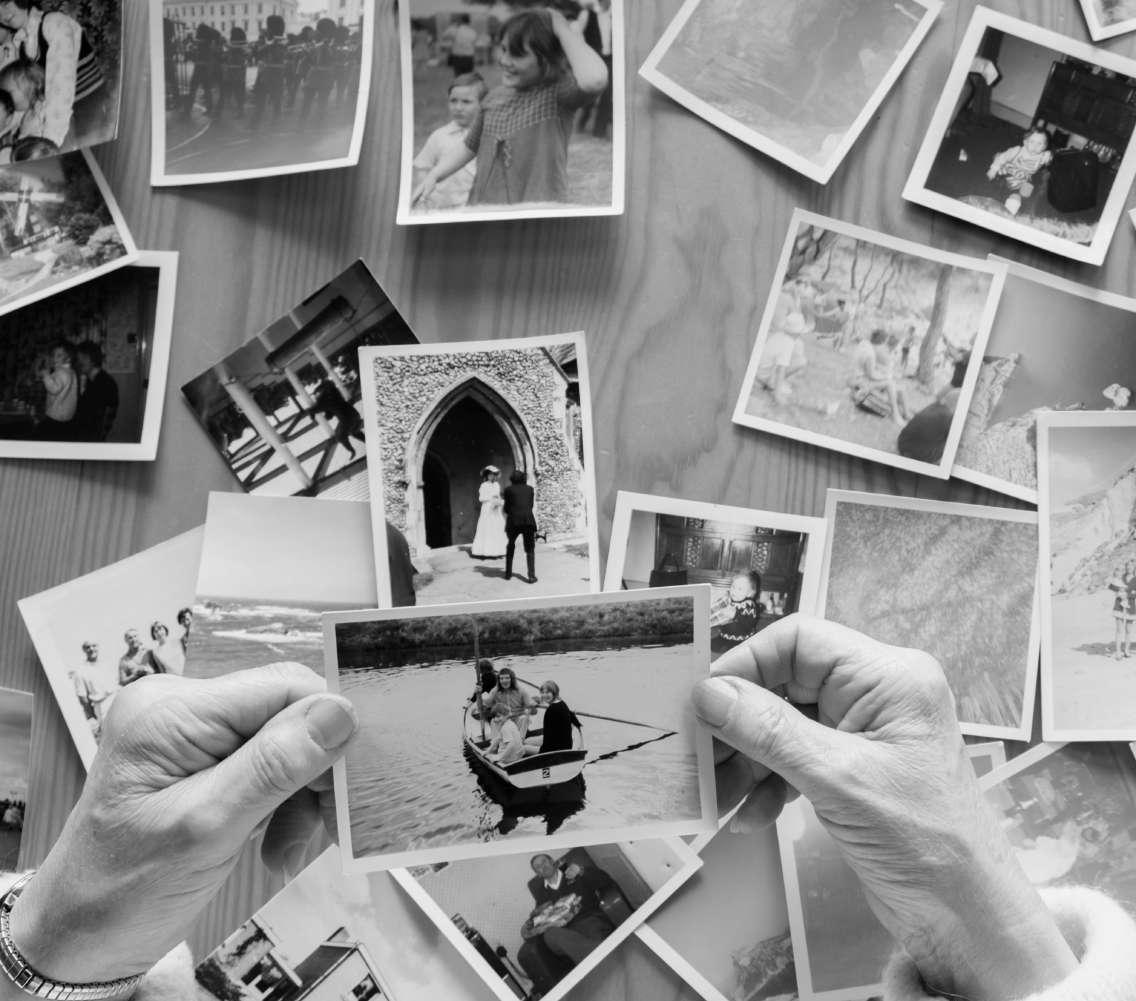






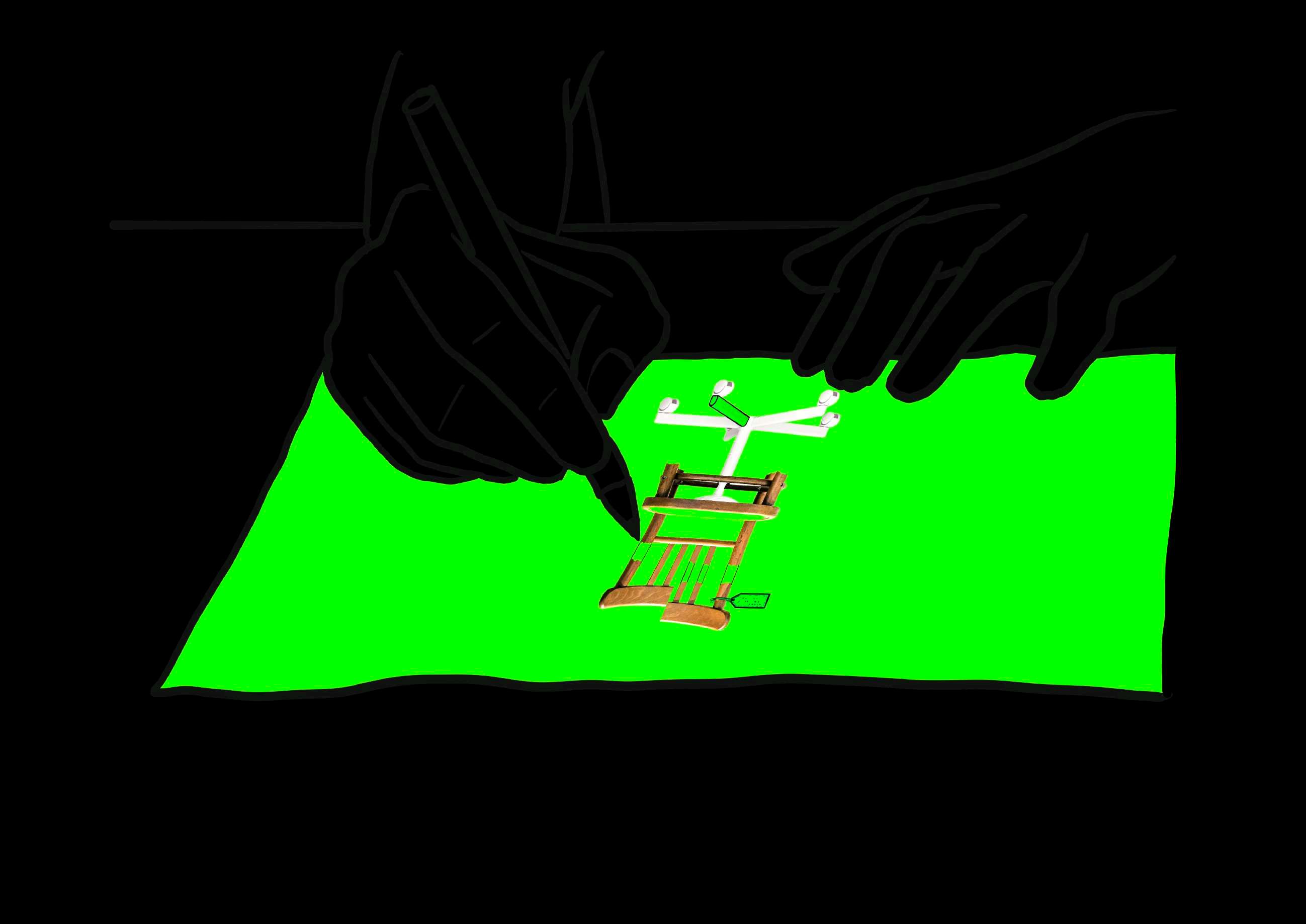





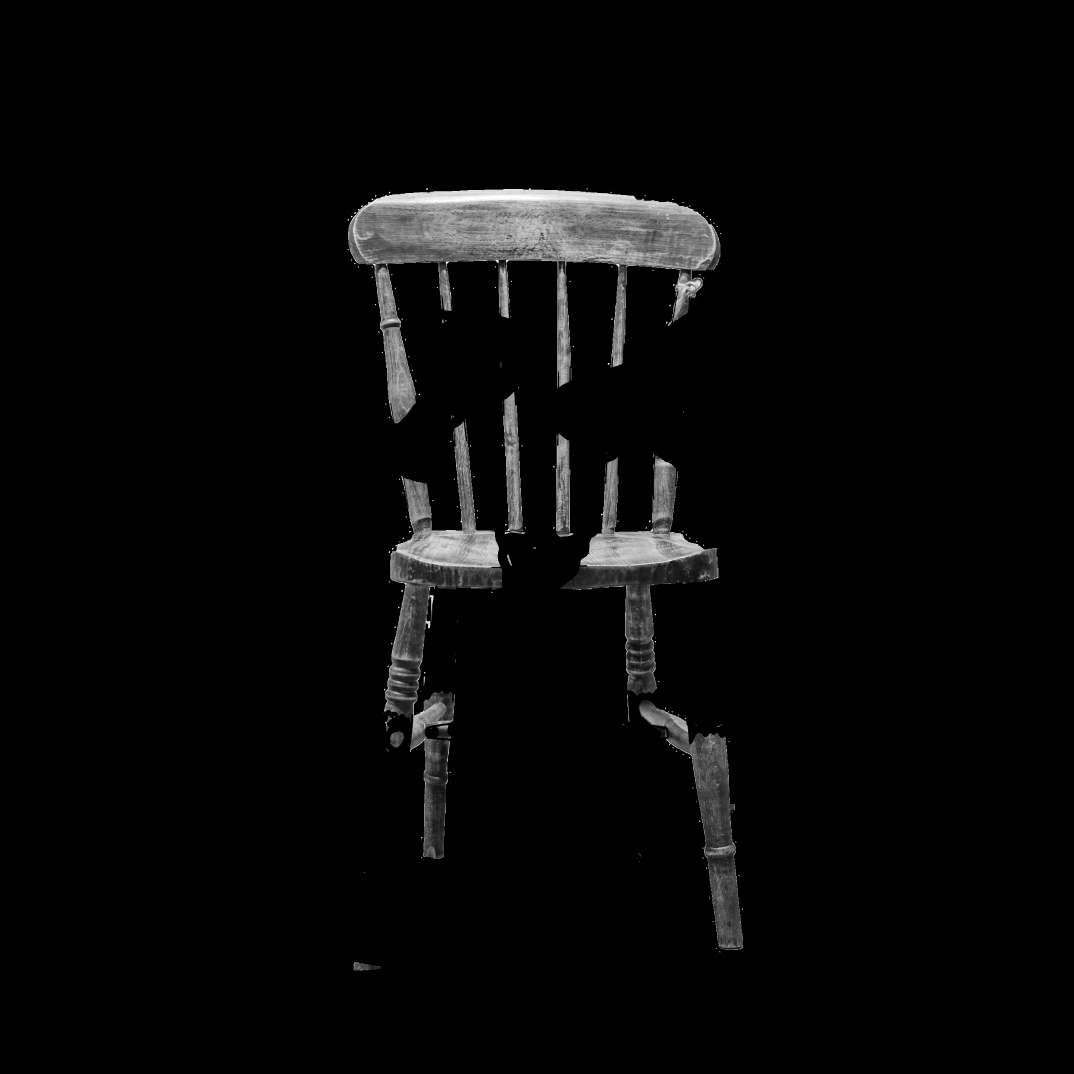

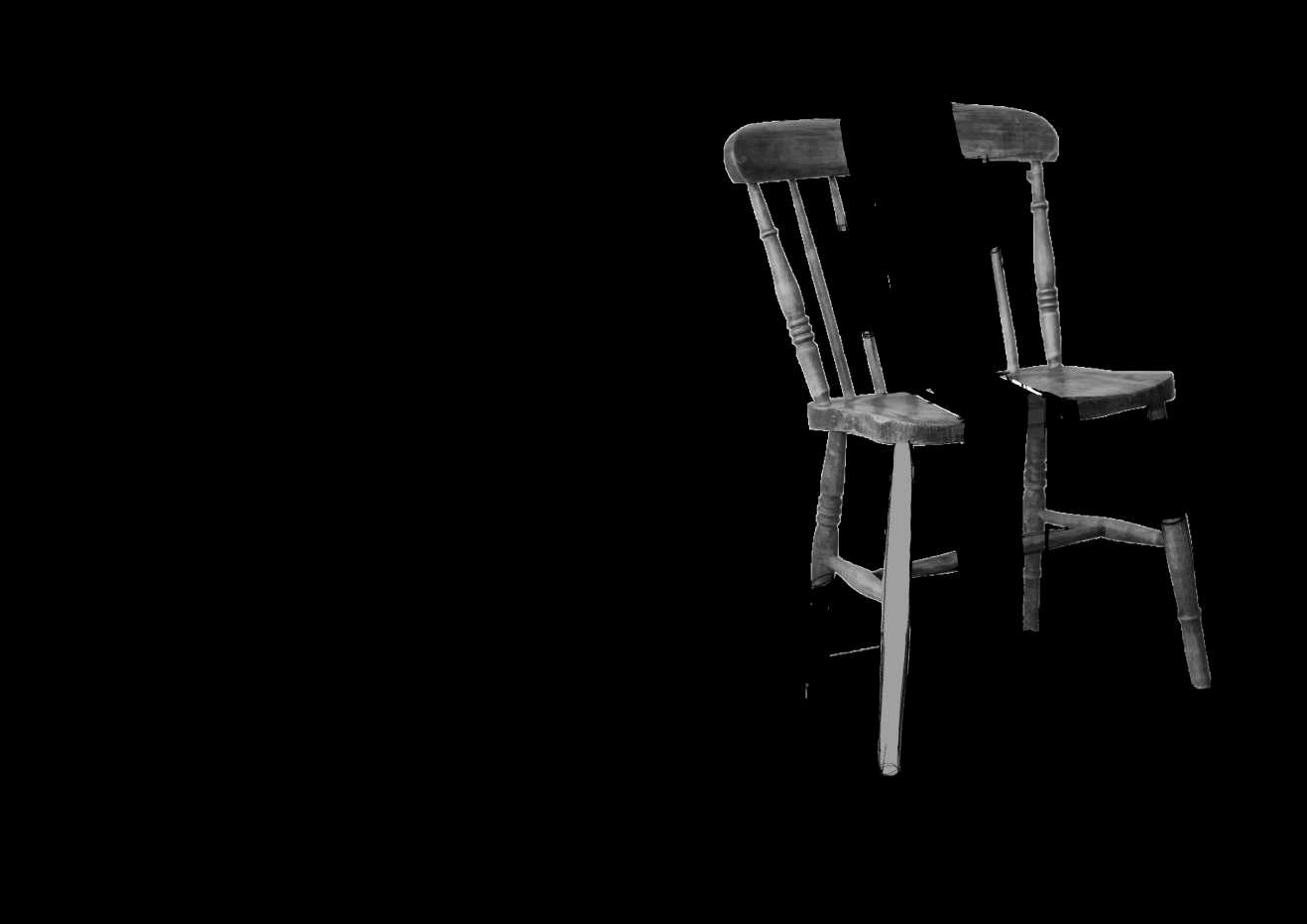



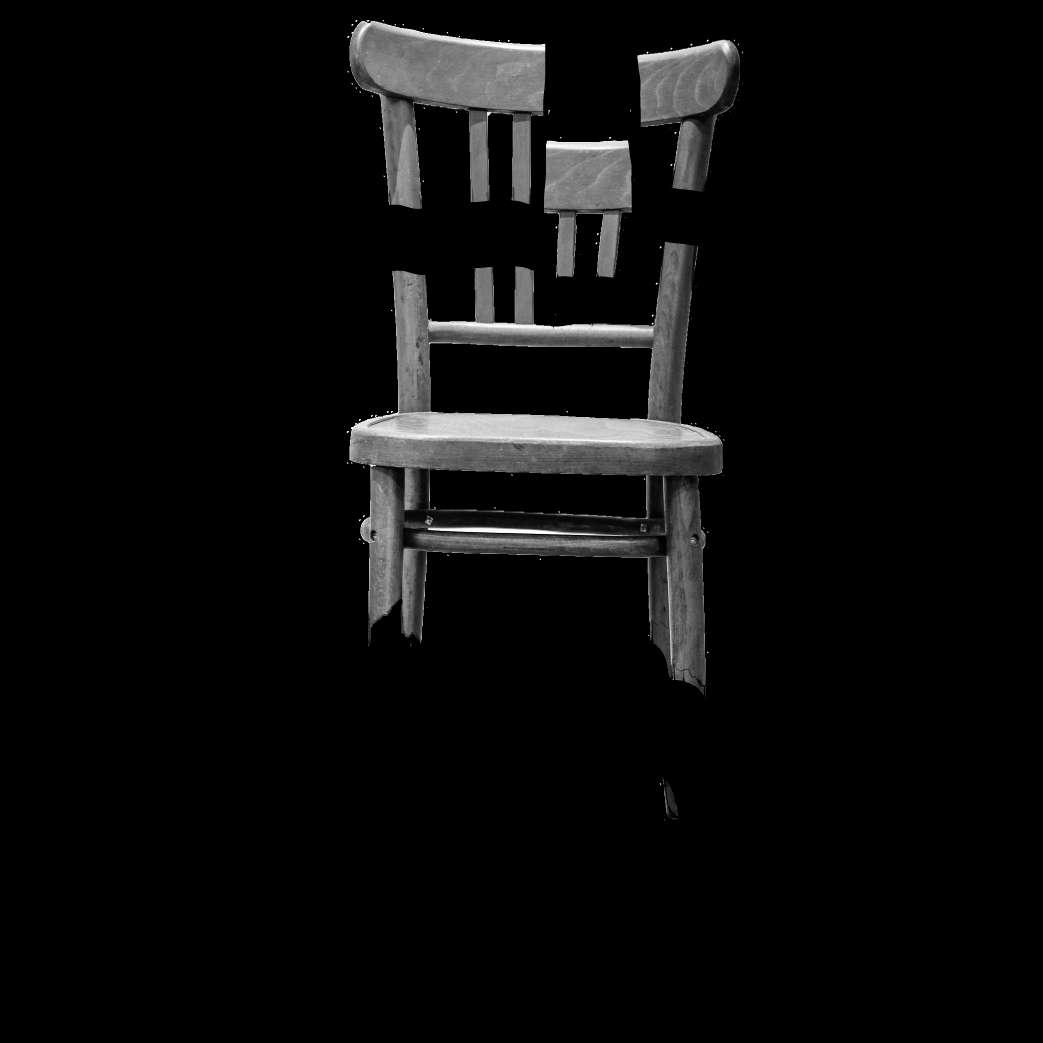

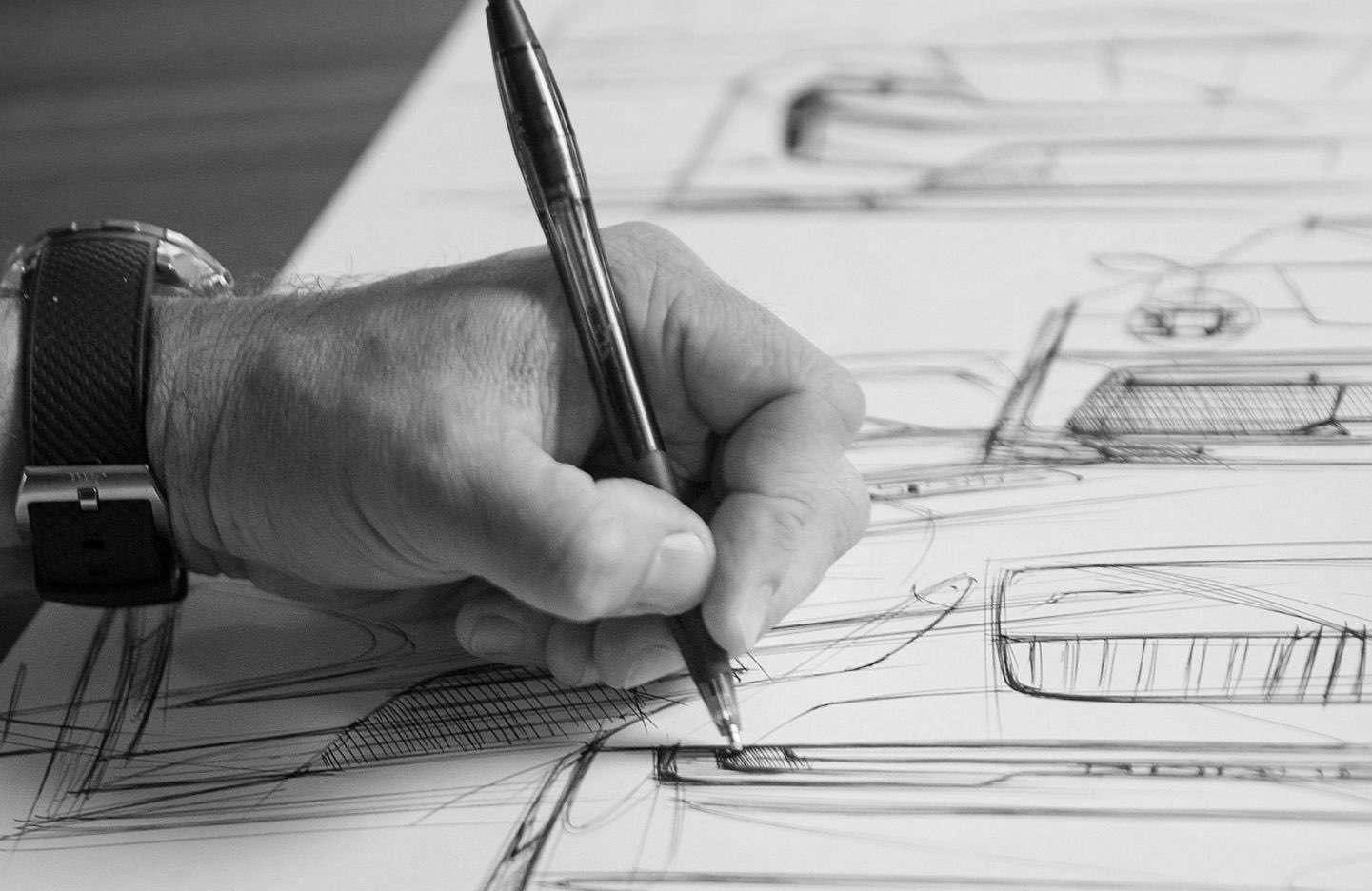






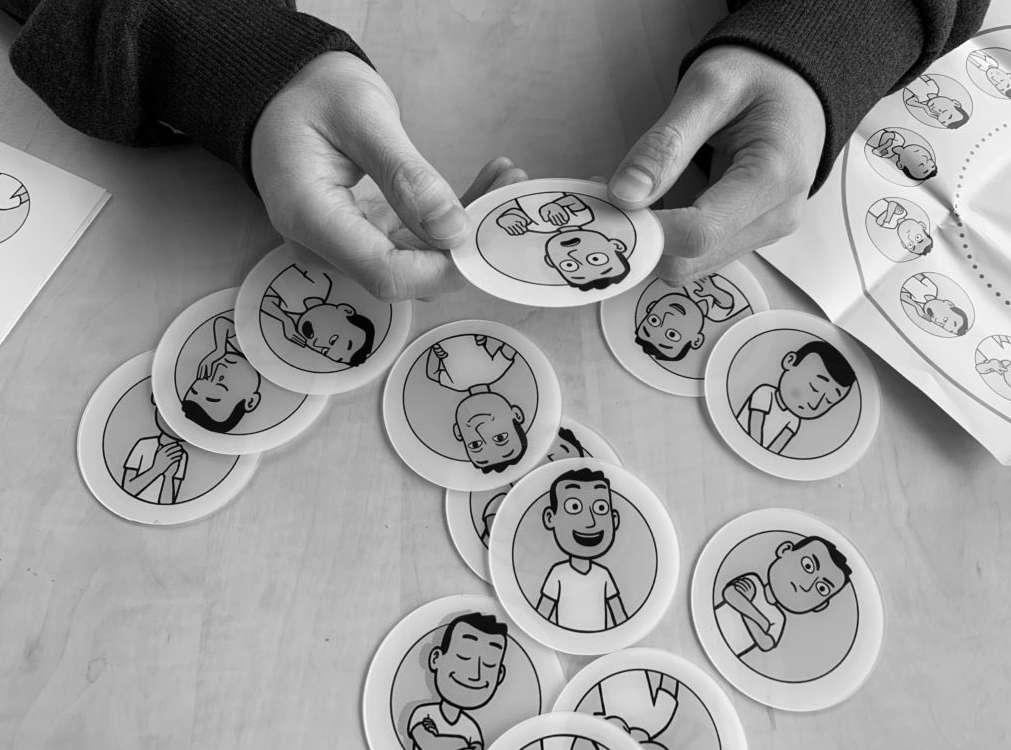






In conclusion, these three methods posters flow from exploration stage to ideation and finally evaluation in order to help designers to design storytelling furniture that is able to generate effective emotional bond.
Firstly, user centred interview is utilised at exploration stage. Through talking with stakeholders, it will be easier to understand which kind of memories are rememberable to, which may provide designer with inspirations for ideation stage. In my context, stakeholders are expressing their personal memories, so the atmosphere of the interview need to be relaxed that stakeholder will feel comfortable to talk about their personal memories.
Secondly, in ideation stage, sketch is an effective visualising tool of generating and iterating ideas as it is easy to edit and straight forward, large amount of ideas are required at this stage, the ideas can be rough and unrealistic, quantity is more important than quality. In some circumstance, it will be more efficient to copy the base idea and make changes based on it to create more possibilities for further refinement.
Lastly, in order to refine the ideas generated at ideation stage, evaluation stage is needed, which emotion measurement is chosen for my context, since storytelling furniture is strongly relative to emotional design. It is crucial to know stakeholder’s emotional response to the ideas. PrEmo is an appropriate tool for this, it measures stakeholder’s emotional response which stakeholders don’t express their emotion verbally, instead, they need to choose from cards with visualised emotions that represent their current emotion. To use this method, designers will need to present a survey with stimulus (sketch in my context) with stakeholder and stakeholder will express their emotions through those cards, with the emotional response, designers are able to further develop and refine the rough ideas.



Boeijen, A. van, Daalhuizen, J., Zijlstra, J., & Schoor, R. van der. (2013). Delft design guide : design methods (A. van Boeijen, J. Daalhuizen, J. Zijlstra, & R. van der Schoor, Eds.). BIS Publishers.
Byrne, M. (2001). Interviewing as a data collection method. AORN Journal, 74(2), 233–235. https://doi.org/10.1016/S0001-2092(06)61533-0
Creusen, M. E. ., Hultink, E. ., & Eling, K. (2013). Choice of consumer research methods in the front end of new product development. International Journal of Market Research, 55(1), 81–104. https://doi.org/10.2501/ IJMR-2013-008
Desmet, P. (2018). Measuring Emotion: Development and Application of an Instrument to Measure Emotional Responses to Products. In Funology 2 (pp. 391–404). Springer International Publishing. https://doi.org/ 10.1007/978-3-319-68213-6_25
Eissen, K., & Steur, R. (2011). Sketching : the basics. Bis.
Marcus, G. H. (2020). Introduction to Modern Design: Its History from the Eighteenth Century to the Present. Bloomsbury Visual Arts. https:// books.google.com.au/books?id=G66izQEACAAJ
Norman, D. (1981). Emotional design : why we love (or hate) everyday things / Donald A. Norman. SERBIULA (sistema Librum 2.0).